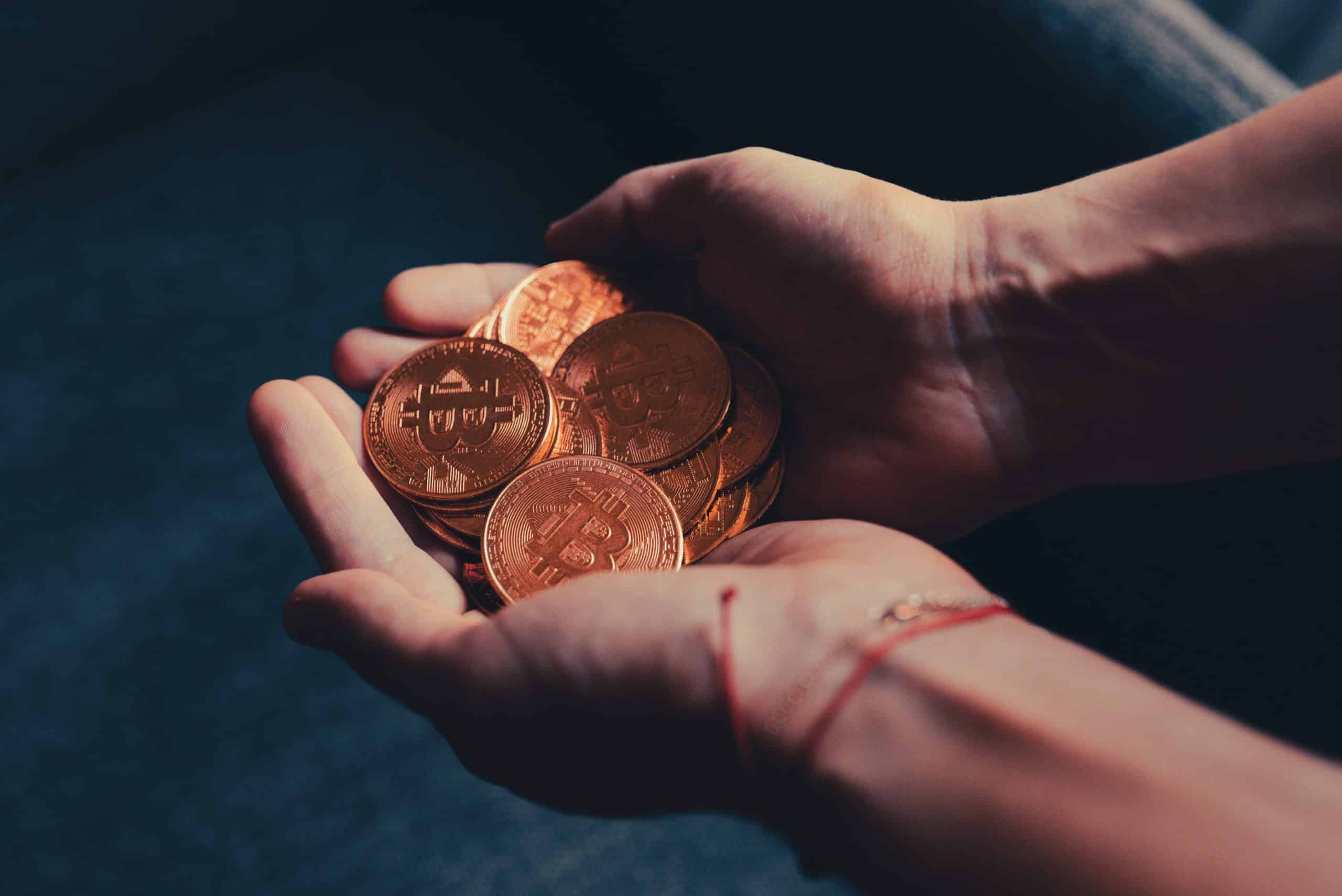Coinbase Prime, the institutional arm of crypto exchange Coinbase, will custody $1.6 billion worth of USDC for MakerDAO.
On Oct. 24, the community of MakerDAO ratified MIP81 (Maker Improvement Proposal). The proposal will enable Maker to earn yield on its treasury holdings. For reference, MakerDAO is a decentralized protocol that enables users to mint the stablecoin DAI after they provide enough assets as collateral.
As agreed by the community, Maker will deposit $1.6 billion worth of USDC into Coinbase Prime, to earn an annual yield of 1.5%, which equates to $24 million of revenue per year.
“The additional monthly revenue generated through this deal enables Maker to further advance its overarching mission to create a global, trustless financial future built on decentralized rails,” said Jennifer Senhaji, from MakerDAO’s growth & business development team.
The funds will come from Maker’s Peg Stability Module (PSM), which is the protocol’s mechanism to swap a given collateral type for DAI at a fixed rate, and is basically what maintains DAI pegged 1:1 to the dollar.
The proposal passed with 75% voting “yes, 14% voting “no,” and 11% abstaining.
The plan was introduced in early September by Coinbase, and was not widely embraced by the community. Many were concerned about the possibility of centralizing much of Maker’s treasury into a centralized exchange that doesn’t have its interests aligned with Maker.
Chris Blec, a recognized delegate and community member, said the proposal “will permanently end MakerDAO’s claims of decentralization & censorship-resistance.”
“What is the purpose of Maker at this point? may as well just skip all the marketing buzzwords and custody your fiat with coinbase directly,” said crypto influencer ODELL.
However, Greg di Prisco argued that since DAI is already backed so heavily by USDC, the proposal represents an “objective improvement as it’s letting Maker earn more yield by taking the exact same risk.”
In August, Maker founder Rune Christensen argued that Maker should rely less on real-world assets. However, USDC is a stablecoin issued by a centralized entity and backed by fiat. This move, then, appears to go in a different direction from Christensen’s plan.


